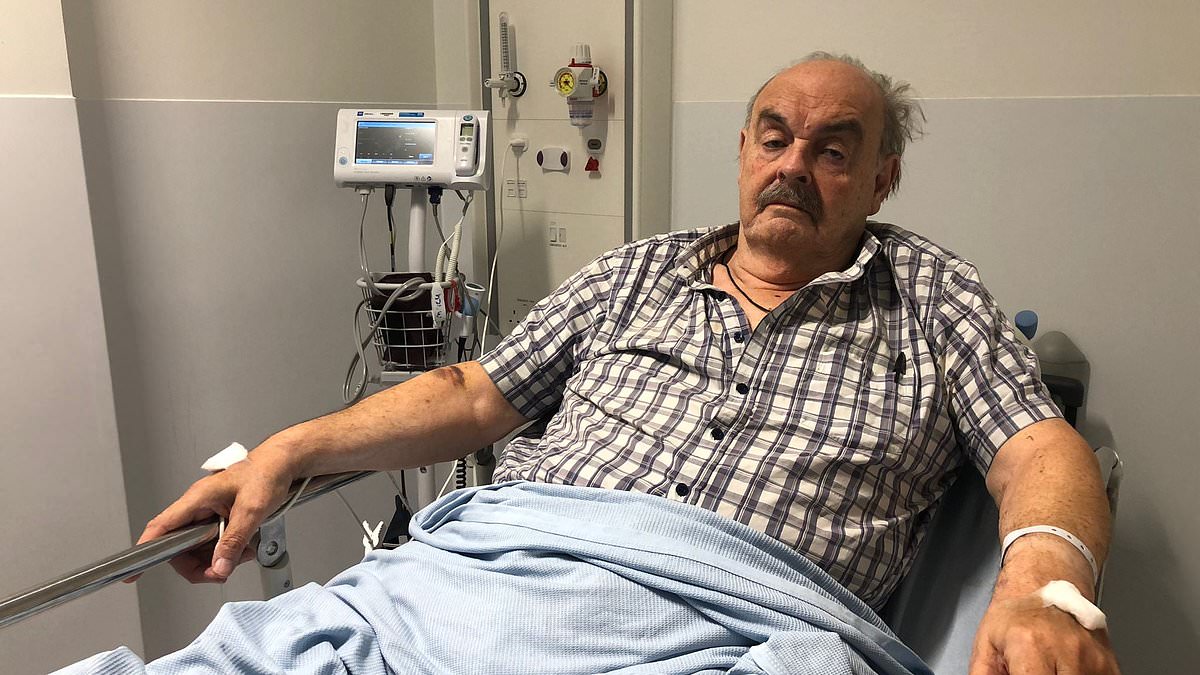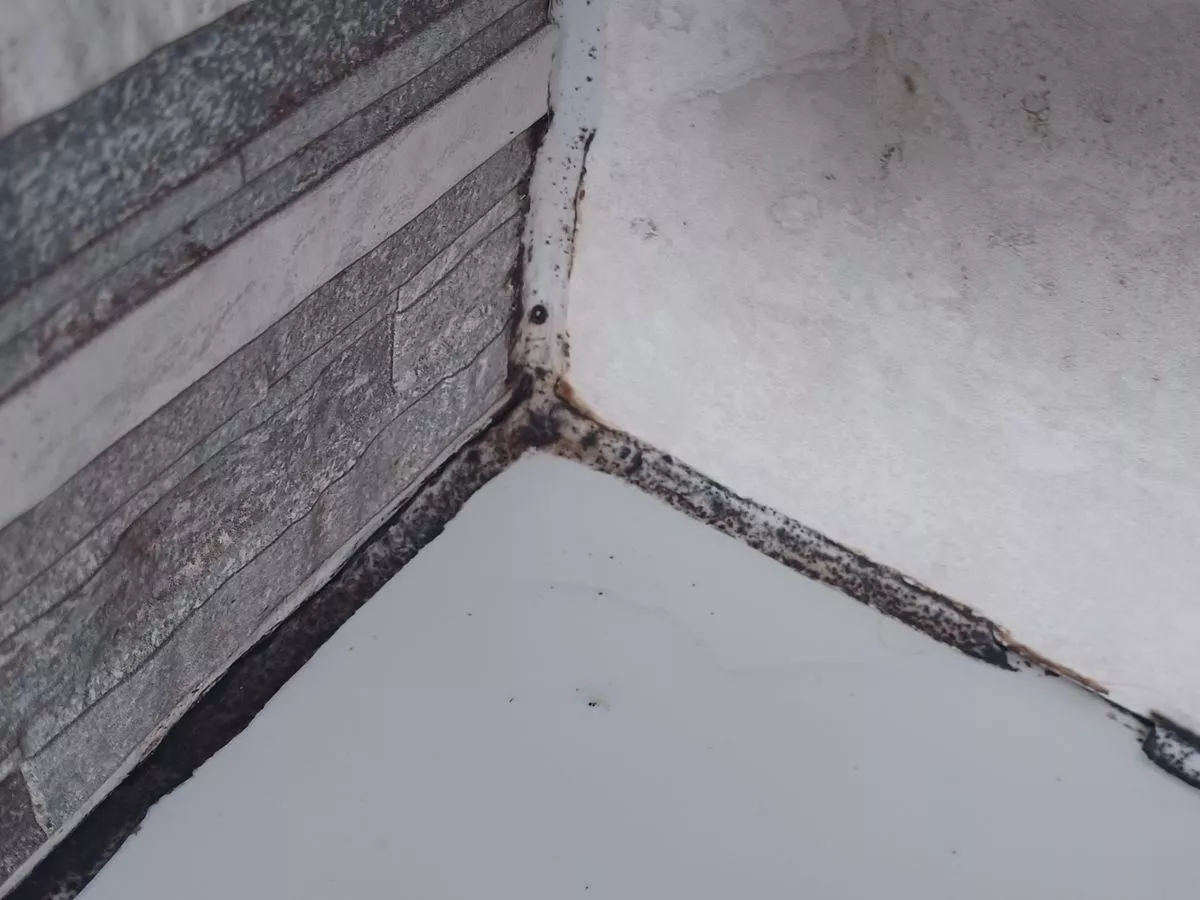Copyright indiatimes

While cooking on Greenway stoves, significantly lesser smoke is emitted, which means there is lesser soot accumulation on walls of homes leading to cleaner kitchens. With over three million cookstoves in homes in India and abroad, Greenway Appliances provides a great solution for the challenge of inefficient, smoky cooking in rural areas. Its patented, high-efficiency biomass cookstoves are designed to burn diverse solid fuels, making cooking easier, safer, and more sustainable.Founded by Ankit Mathur and Neha Juneja, what began as a design-led effort to replace the traditional chulha has evolved into a broader mission spanning solar rooftops, clean water, and decentralised energy management. Greenway’s Co-founder and CEO, Ankit Mathur, talks about behaviour-related obstacles, affordability in rural areas, and the role of climate finance and corporate collaborations in accelerating clean energy's growth in India and abroad. Edited excerpts:Economic Times (ET): You have already distributed over 3 million stoves across India and beyond. What are the biggest behavioural and cultural challenges in moving families away from traditional chulhas?Ankit Mathur (AM): We designed Greenway stoves in close consultation with a number of potential users to ensure that barriers to adoption could be addressed in the design itself. However, traditional stoves are constructed for free using mud, while there is an upfront cost to cleaner cooking options even though they may be far more beneficial. In most cases, Greenway Smart Stove or Greenway Jumbo Stove is the first improved cookstove that the household has ever seen. While the benefits of the product are immediately understood, it is important to demonstrate the product extensively and make it available close to the user.ET: Beyond health and environmental benefits, what changes in daily life have you observed among rural women and households adopting Greenway stoves?Live EventsAM: While cooking on Greenway stoves, significantly lesser smoke is emitted, which means there is lesser soot accumulation on walls of homes leading to cleaner kitchens. With a portable stove, the women who are primary cooks can use it in the kitchen as well as outside, taking advantage of better weather and ventilation whenever possible. There are aesthetic benefits too of adopting Greenway stoves and typically Greenway stoves are the first appliance in these rural kitchens. In our numerous field visits, women have shared that they now have more time for leisure and socialising. As our stoves need lesser fuel, households now use the saved money for buying groceries, paying bills and other household needs.ET: How do you measure “impact”—is it fuel saved, carbon credits generated, women’s time freed up, or health improvements?AM: Improved cookstoves have several benefits when used regularly in rural households. We have been able to monitor progress in our multi-year climate finance projects. These include, (1) weekly time saved in fuel collection, (2) daily time saved in cooking, (3) amount of money saved per month since using the stove, (4) decrease in incidence of coughing, difficulty breathing and itchy eyes. In future projects, we would like to expand these measures of progress to include health indicators such as burns and gender-disaggregated time savings from collection and cooking for all the members of the family.ET: What is your business model, and how have you scaled? How has this model changed and evolved over the years?AM: Greenway started out as a design- and distribution-focused organisation with the initial focus on customer-centric design. We spent almost a year and a half interacting with customers across many villages to come up with the Greenway Smart Stove. Our next focus was to set up a distribution network that reached deep rural areas where our customers reside. In doing so, we understood that both access and affordability have to be addressed hand in hand. We built partnerships with financing institutions to grow distribution across India. By mid-2019, we started seeing strong demand for impactful carbon offsetting projects. We worked with a number of project developers to implement projects with carbon offset financed subsidies to end customers.Since 2024, we have expanded actively into solar rooftops and energy management projects for decentralised renewable energy generation. For this line of business, we have made significant capex into plant and machinery as well as R&D efforts. We’re also working towards creating solutions for electricity-based cooking for household and institutional setups.Ankit Mathur, Co-Founder and CEO of Greenway Grameen.ET: Rural affordability is always tricky. How do you balance pricing, margins, and accessibility without compromising scale?AM: We have worked extensively to build partnerships for making financing available to rural households interested in buying Greenway stoves. Over the years, we have worked with public sector banks, regional rural banks, NBFC-MFIs and NGO-MFIs so that their customers can buy stoves in easy instalments. This immediately overcomes any affordability barrier for our flagship product, the Greenway Jumbo Stove, which retails for Rs 3,499.We have not increased the price of the Greenway Jumbo Stove for over 5 years despite multiple increases in input costs. We have been able to do this on account of vertically integrated manufacturing operations at our factory in Vadodara. Our design team also keeps working on increasing productivity and minimising any wastage.ET: Many social enterprises struggle to be both profitable and impactful. What’s your formula for sustaining this balance?AM: We have remained focused on clean cooking for almost a decade and a half. In this time, we have been innovative, frugal, and flexible. This has allowed us to grow at a steady pace while building strong partnerships. These partnerships have increased our reach, kept us closer to the customers, and made us receptive to ground realities. Our partnerships enabled us to steadily build distribution and engage with a large number of rural households while keeping our costs in check.ET: With corporates pursuing net-zero commitments, are you seeing rising demand from companies to integrate cookstove projects into their ESG/climate portfolios?AM: In geographies where biomass is the predominant fuel for cooking, cookstove projects are an economical and impactful way to cut emissions. Addressing clean cooking has an impact on multiple Sustainable Development Goals (SDG) that make it an attractive ESG proposition for corporates beyond their net-zero commitments. This is especially pertinent for companies looking to address health, gender equality, rural development or disaster relief efforts. Given this background and the increase in net-zero commitments, we do see a demand from corporates as well as foundations aiding corporates in the same.ET: Financing often makes or breaks adoption in rural markets. What innovations have you tried—microfinance, pay-as-you-go, or CSR-backed distribution?AM: During the course of scaling Greenway in rural markets, the twin challenges that we have encountered have been availability and affordability. While availability may be addressed through an extensive distribution network, affordability is only possible to address through financing partnerships. Over the years, we have worked extensively with financing institutions, including banks, RRBs, NBFCs, MFIs, and credit cooperatives to enable financing for end users. CSR-backed distribution has also been instrumental in reaching areas where the users are either new to credit or in hard-to-reach areas that don’t have access to financing. We have also been able to extensively work with carbon project developers that are able to provide upfront subsidies to users.ET: How replicable is your distribution model for Sub-Saharan Africa or other geographies with similar challenges?AM: Our distribution model focuses on building a community of local field officers, who are able to immediately connect with the community they come from and work in. Our marketing as well as logistics and warehousing teams work to enable them with communication materials on one hand while ensuring prompt deliveries on the other. Over the years, we have invested heavily to equip them with technology tools to allow for easier coordination and faster reporting without burdening the field officers. We believe that this model is both replicable and scalable in sub-Saharan Africa. We’ve already started working across Tanzania and Zambia on the same lines. In the next few years, we will expand further into other parts of Africa as well as other geographies.ET: Do you see the cookstove as an entry point into a larger ecosystem of rural clean energy products—such as solar, water, or even e-cooking?AM: Understanding that an improved cookstove is one solution for addressing the wider issue of energy access in rural areas, Greenway recently started selling energy-efficient LED inverter bulbs that have a small battery to provide lighting when the grid supply is down. We have sold over 250,000 LED inverter bulbs to date and see a huge demand in this segment. We have forayed into the urban energy services market with solar panel installations in housing societies in Maharashtra and Delhi-NCR.In line with Greenway’s commitment to environmental improvements and sustainable development more broadly, we have designed and manufactured tabletop water filters that don’t require a piped water supply to run. This product is targeted at rural and peri-urban customers who can benefit from using an electric purifier to have bacteria- and virus-free drinking water. We are aiming to start sales by January 2026. ET: What are the next product or technology innovations Greenway is working on?AM: Further, as India reaches universal electricity access, rural households may start using multiple clean cooking options. With that in mind, we are working on the design of electric/induction stoves at our R&D facility in Vadodara. We hope to have a working prototype ready by the end of the year. We are also actively working on large induction-based institutional cooking systems that can fully run on solar energy.We have also set up a dedicated team to design and develop products across the energy management spectrum. We believe that with falling prices of solar panels and energy storage, consumers will become producers of decentralised renewable energy. The demand for energy management systems, including inverters, data loggers, and battery storage systems, will increase dramatically. We believe there is a need for more offerings designed and manufactured in India in this space. ET: Looking at India’s clean energy transition, where do you see the role of grassroots, women-led adoption in shaping a just and inclusive pathway?AM: Harnessing the power of self-help groups and women’s cooperatives in India’s clean energy transition is important. Through financial independence and increased income, women can influence clean energy choices in their homes and communities. Some women could become energy entrepreneurs themselves and become role models for others. However, traditional gender norms severely limit women’s participation across sectors, including clean energy. This needs to change at a wider societal level for there to be a just and inclusive energy transformation.Add as a Reliable and Trusted News Source Add Now! Read More News ongreenwaygreenway smart stovegreenway jumbo stovegreenway appliancesankit mathur 20 cities. Countless breakthroughs. Secure your spot at the ET Make in India SME Regional Summit.....moreless Read More News ongreenwaygreenway smart stovegreenway jumbo stovegreenway appliancesankit mathur20 cities. Countless breakthroughs. Secure your spot at the ET Make in India SME Regional Summit.....moreless Prime ExclusivesInvestment IdeasStock Report PlusePaperWealth Edition123View all Stories



